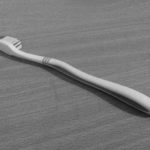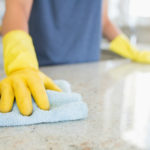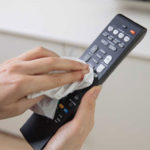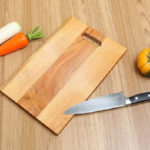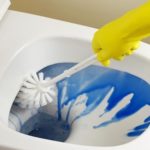The kitchen is a space where families engage in a variety of activities such as cooking and gathering to eat. Due to frequent use and exposure to bacteria, the kitchen space can easily become dirty and filled with many objects, making it difficult to maintain cleanliness and hygiene.
1 Spice Jars
 Spice Jars
Spice Jars
One of the most common objects at the highest risk of harboring bacteria are spice jars. When cooking, you may come into contact with spice jars with hands that are not completely clean or when they are exposed to dust if not stored in a closed cabinet. This creates an ideal condition for bacteria to grow. It is important to regularly clean the spice jars before and after each cooking session!
2 Kitchen Countertop
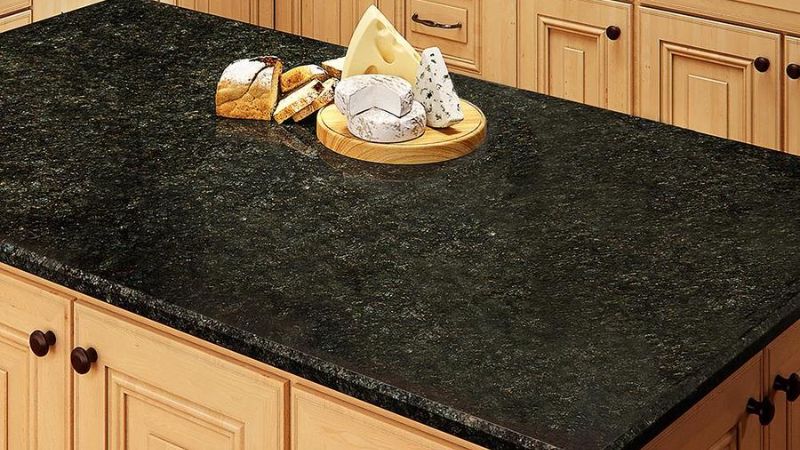 Kitchen Countertop
Kitchen Countertop
When cooking, you handle a lot of raw ingredients and perform various cooking methods, so it is understandable that the kitchen countertop can be a breeding ground for bacteria. Failure to thoroughly clean the kitchen countertop after each processing and cooking session indirectly creates an environment for bacteria to grow and develop.
3 Cutting Board
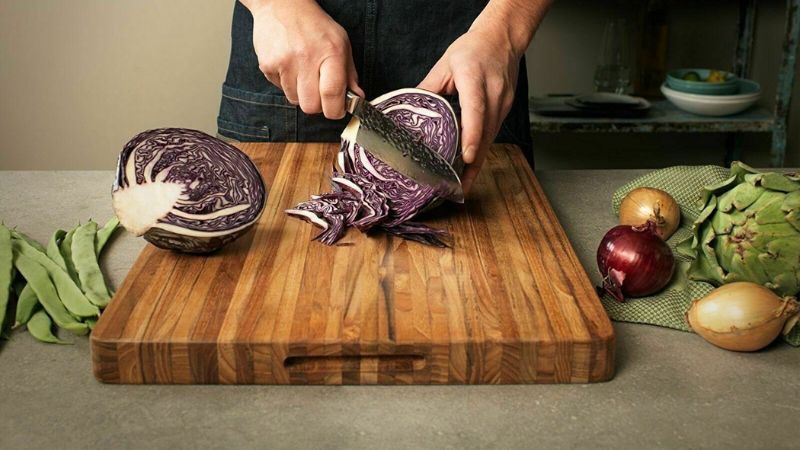 Cutting Board
Cutting Board
The cutting board is the number one object in the kitchen with the highest risk of harboring bacteria due to the direct contact with fresh food such as fruits, vegetables, and various types of raw meat. To maintain a clean cutting board, it is important to thoroughly clean it with soap and hot water after each use and store it in a well-ventilated place to keep it dry.
4 Refrigerator
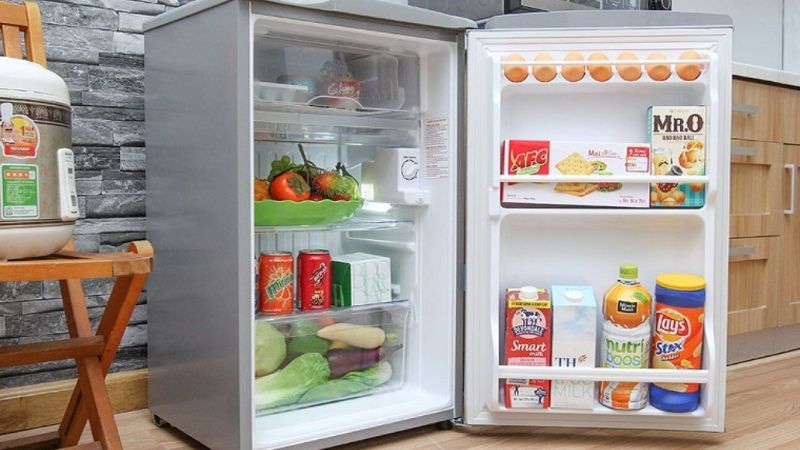 Refrigerator
Refrigerator
Although considered the top place to store safe and hygienic food, the refrigerator still has the potential risk of harboring bacteria that can affect health, particularly with cooked food, fresh food, and vegetables, which can harbor bacteria and germs, potentially affecting other types of food. To ensure that your refrigerator is always clean, it is important to regularly clean and organize its contents and store food in sealed containers to keep them fresh and prevent the spread of bacteria.
5 Dishwashing Sponge
 Dishwashing Sponge
Dishwashing Sponge
The dishwashing sponge is the object in the kitchen that contains the most bacteria. Regular contact with food scraps, dirt, oil, and grease allows bacteria to accumulate inside the dishwashing sponge. It is crucial to pay special attention to cleaning the dishwashing sponge after each use to maintain hygiene and prevent the growth of bacteria!
6 Dishwashing Sink
 Dishwashing Sink
Dishwashing Sink
Similar to the dishwashing sponge, the dishwashing sink regularly comes into contact with various types of dirt and leftover food containing many residual bacteria, especially at the drain. After washing dishes, it is important to clean the dishwashing sink and remove food residue to keep the sink clean.
7 Handle, Knob, and Control Panel of Objects
 Handle, Knob, Control Panel of Objects
Handle, Knob, Control Panel of Objects
Handles, knobs, and control panels of objects are positions that often come into contact with food during the process of food processing and cooking, making them susceptible to dirt and bacteria accumulation. To keep the handles, knobs, and control panels clean, they should be cleaned along with other utensils after each use!
We hope the above article has provided useful information about the 7 objects in the kitchen that contain the most bacteria and effective cleaning methods. Be sure to follow us daily for more helpful updates on daily life!
8 Common Mistakes People Make with Cutting Boards
Are you using your cutting board correctly? Many Vietnamese households rely on cutting boards in their kitchen, but not everyone knows how to use them properly, especially when it comes to wooden cutting boards. Check out these 8 mistakes to avoid when using a cutting board to ensure both hygiene and safety for everyone in your family.

























